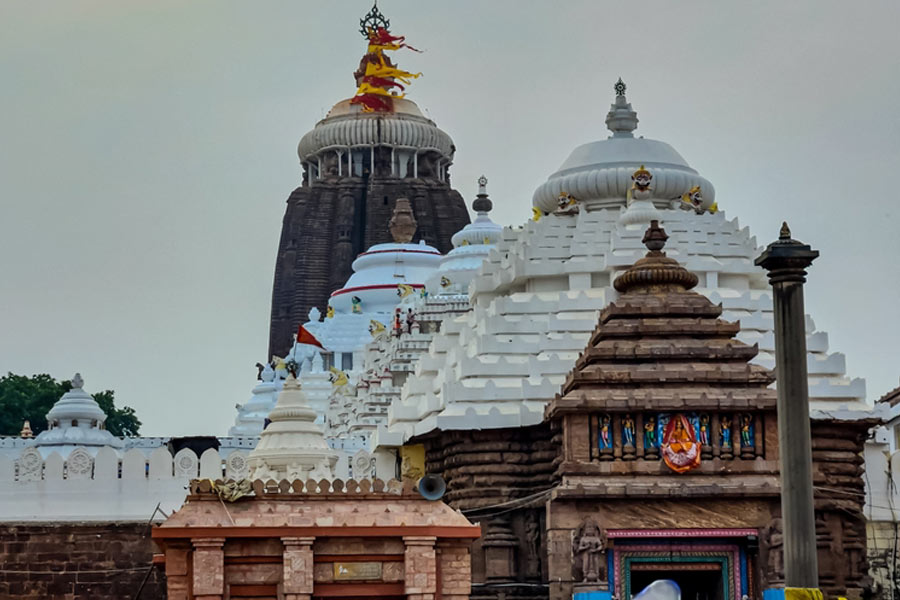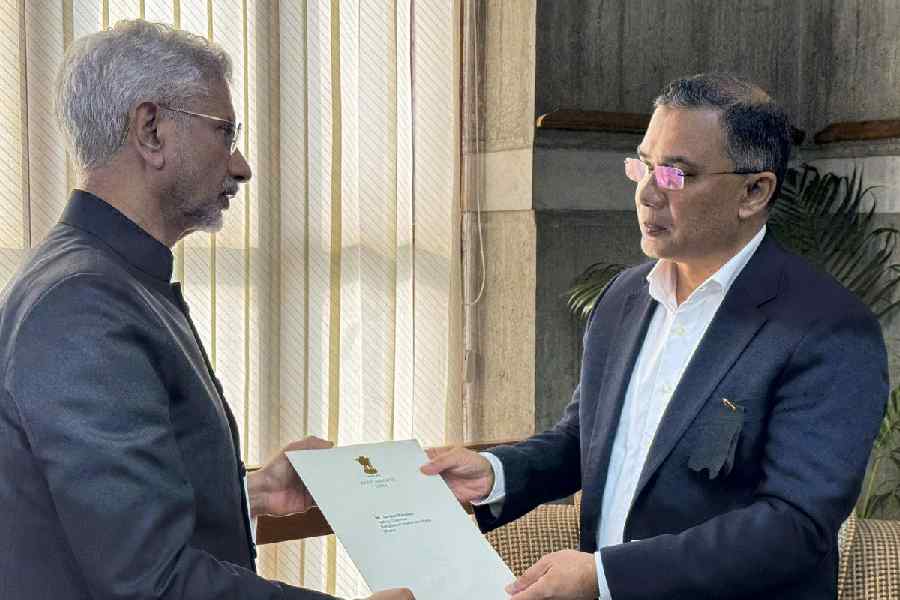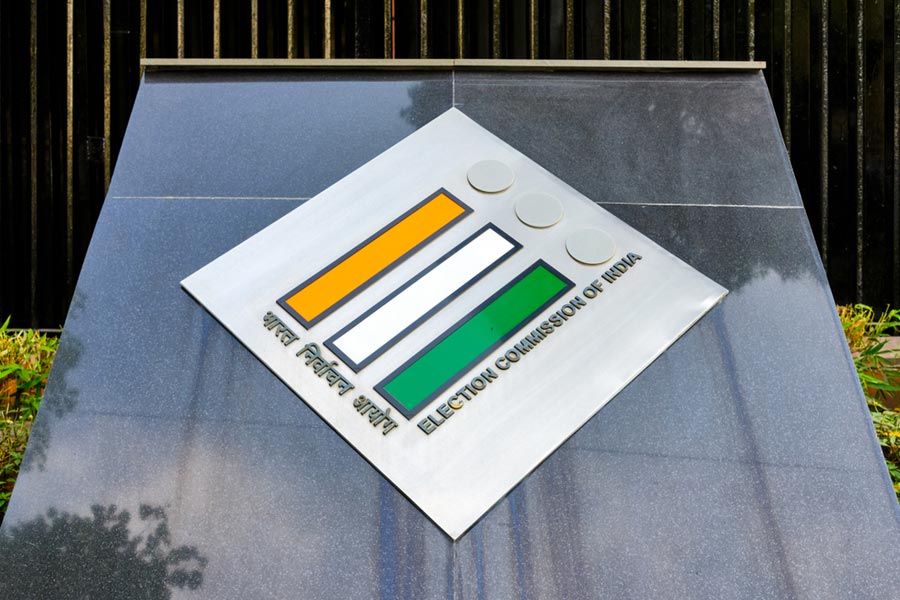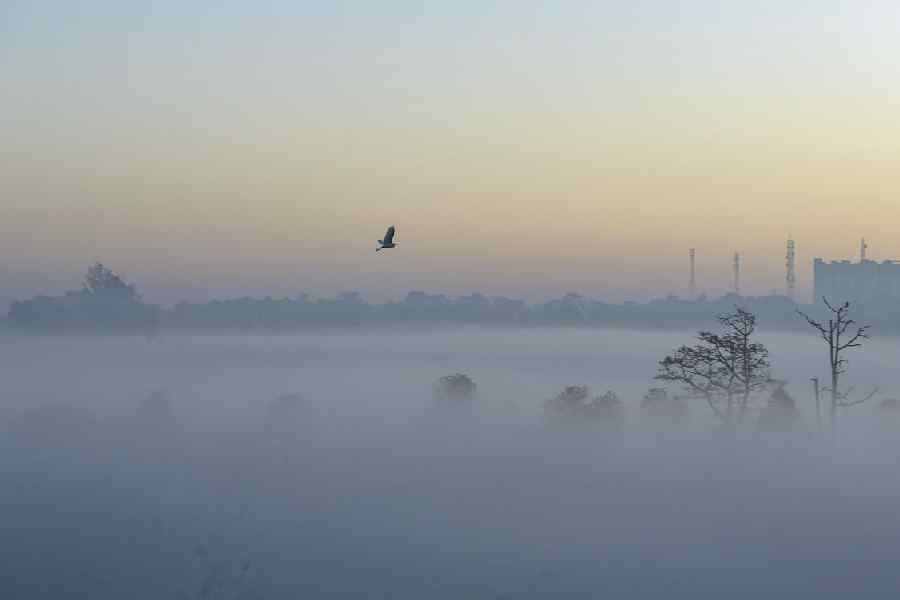The attires used for Lord Jagannath and his siblings at Puri’s Shree Jagannath Temple will soon be made from karuna silk — a cruelty-free and artificial-dye-free fabric.
The Odisha government’s handlooms, textiles, and handicrafts department will promote this initiative.
The new silk variant is being showcased at the 19th Toshali Mela, which commenced on Wednesday at Janata Maidan in Bhubaneswar.
Chief minister Mohan Charan Majhi inaugurated the mela on Wednesday evening, and it will continue until March 31.
In karuna silk production, the method allows silk to be extracted without killing silkworms. Typically, the cocoon containing the live worm is boiled in water to extract the fibres.
In karuna silk production, the silkworm is allowed to mature and emerge as a butterfly by rupturing the cocoon. The empty cocoons are then collected, and then the silk threads are extracted.
“We will introduce cruelty-free karuna silk as the traditional Khandua Patta (a type of saree) for Shree Jagannath Temple in Puri. We will soon open an office in Puri,” officials said.
Sources revealed that each Khandua Patta or Pattabastra will cost approximately ₹80,000.
Odisha cultivates four types of silk: Eri, Mulberry, Tassar, and Muga. Earlier, Karuna silk was produced using Eri silkworms, but recently, silk is being extracted from all four variants. The Odisha government encourages silk cultivation across 25 districts of
the state.
Previously, artificial dyes were used to colour Karuna silk. However, in the current variant, the natural hue of the silk fibre is preserved, promoting a new practice in Indian textile production.
The directorate is also exploring the use of natural dyes for karuna silk fabrics in the future.
Minister of handlooms, textiles, and handicrafts, Pradeep Bal Samanta, said: “The mela has already carved a unique niche in the country’s annual carnival calendar. More than 700 artisans and weavers from across India are participating in the mela. There are over 650 stalls, with 150 handicraft artisans participating from different parts of the country.”
“The vision of the mela is to strengthen the position of economically deprived weavers and artisans by creating a market for their products. The theme pavilion, Shilpa Srujani, will be constructed over an area of 2,500 square feet,” he added.
Commissioner-cum-secretary of the department, Guha Poonam Tapas Kumar, said: “Last year, the mela recorded a footfall of 25 lakh visitors, generating business worth ₹25 crore. This year, we are expecting an estimated 30 lakh visitors, with an anticipated sales volume of ₹28 crore.”











